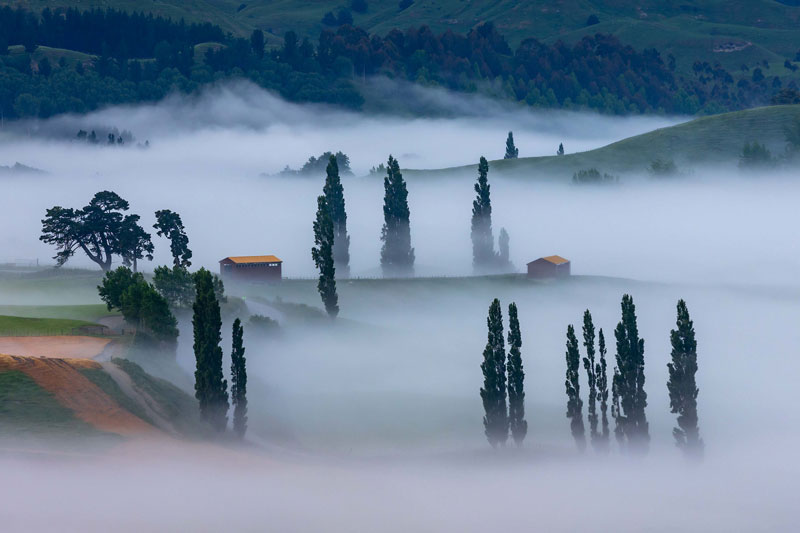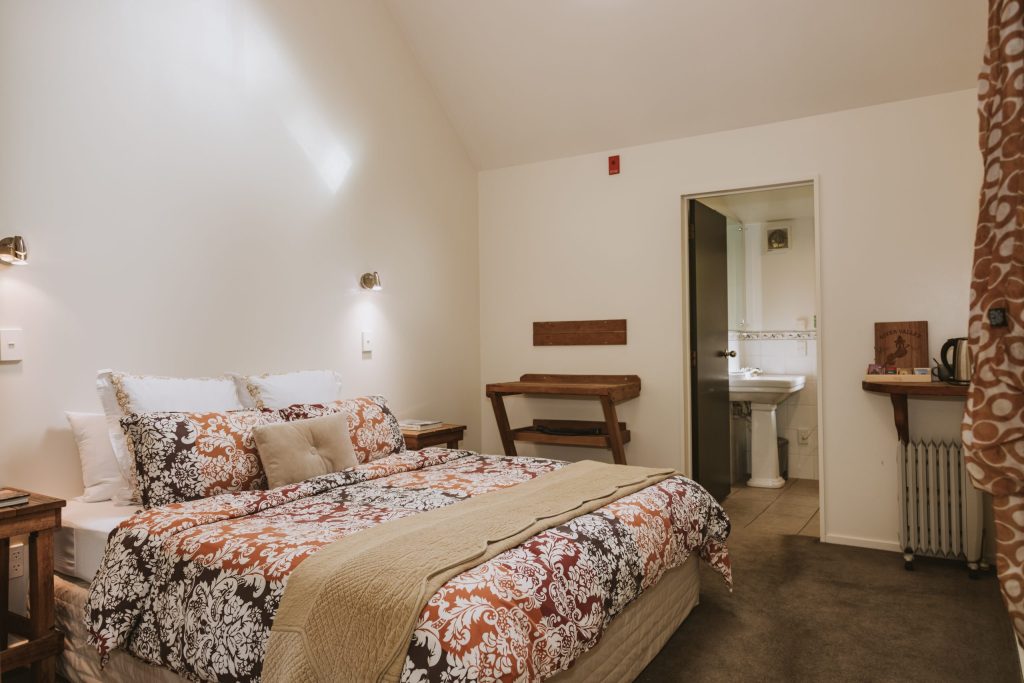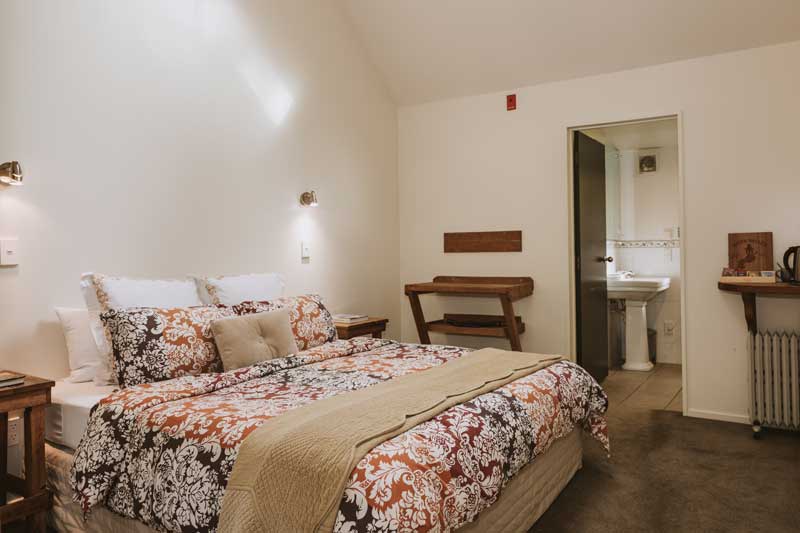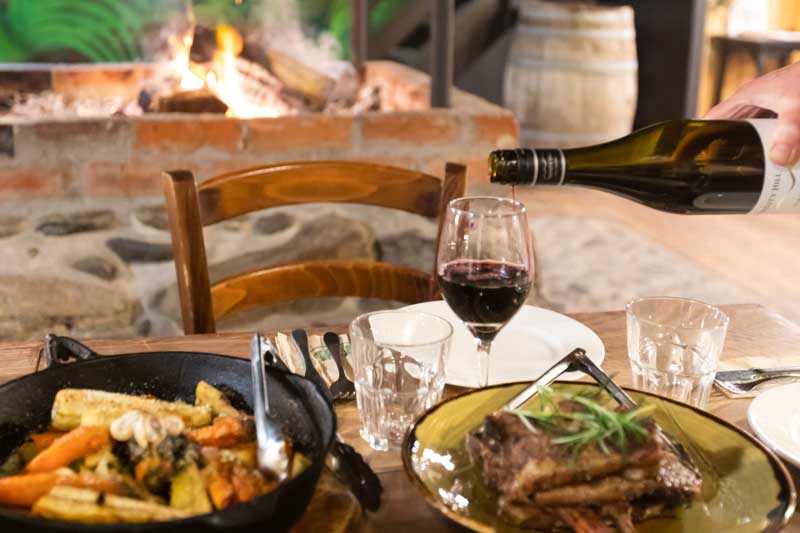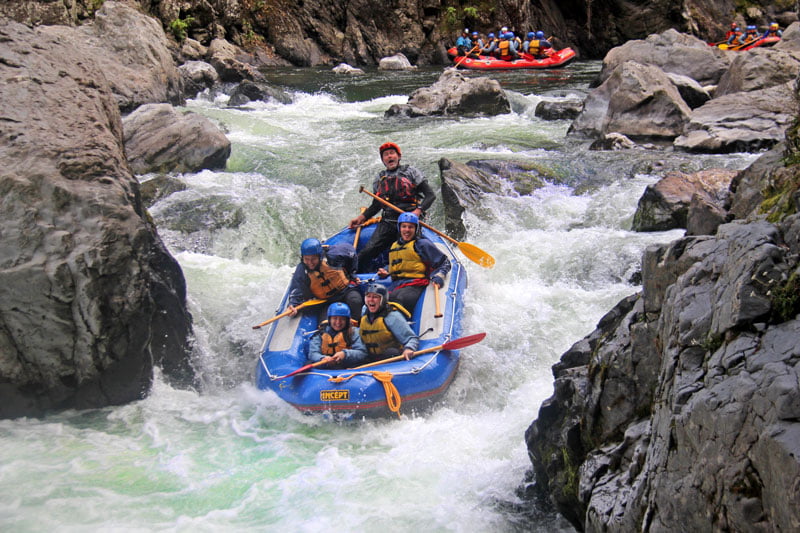Thoughts on Using Holistic Grazing Management with a Horse Trekking Herd
As I write this it is the 18th December here at Pukeokahu on the central plateau hill country of the North Island of New Zealand. This is early summer, with the long days really starting to heat up. Out on the horse pasture, the herd goes from one 24-hour break fed enclosure to the next. The salad bar of long grass, herbs and forbs as they enter each break is up to their bellies. It will be up to 90 days before they again enter the same break.
When they move on the next day, some of that grass will have been eaten, much of it will have been trampled, leaving a blanket of moisture conserving mulch on the soil surface, and some of it will be left standing, though having been trimmed in the process. We will allow this to go to seed.
At all times the herd has access to the track, which they can use to access shade, water and a change of scene. It is surprising just how much they move around this during the day.
This is our version of Holistic Grazing Management which seeks to mimic the effect that vast herds of ruminants and other herbivorous animals would have had on the landscape in times past, but of course, on a much smaller scale.
Tensions in the System
We are now on to our 3rd season of fully implementing a holistic grazing plan, and there are some tensions in the system.
Classic holistic grazing management is focused on trying to improve all things under management. This starts with the soil. It involves the addition of carbon through sequestration via the build up of organic content, and the promotion of a bio diverse range of plants, trees, soil biota, insects, birds and larger animals. As the carbon content increases, more water is held in the soil and topsoil is actively created.
We see this happening, and soil and herbage tests confirm that organic content is increasing and that other minerals are not depleting.
On a practical level what is happening is that each day’s break of land is grazed with a high stock density and then gets an extended rest.
So where is the tension?
The tension comes from having to get certain outcomes from one part of the whole that may not be in sync with the rest of whole. The part that is not always in sync is aspects of the horses’ physiology.
Let’s look at that in More Detail by Posing Some Questions
Are the horses in good condition and getting adequate nutrition? The answer to this is very much yes. The horses have never looked better.
Are the horses of sound mind with few grass or mineral related behavioural issues? The answer is again a resounding yes, though credit also goes to the Stables crew for the time they put into training.
Are there disease problems? The answer is no.
As we do not shoe our horses, are there issues with some tenderness of the feet? Yes, there are some issues, certainly not severe, but there non the less. This is the central problem and the root of the tension.
Nic Baker
Nicola Megaw recently went to a workshop held by Nic Baker who operates an establishment in the UK that specialises in healing horses. No horses are shod or even trimmed. She has had amazing success. Again, she has a well-developed track, including some conformable areas, with the horses moving around it during the day. She also feeds some mineral supplements.
Nicola has taken it on board that we need to get to the stage, as in Nic Baker’s operation, where our horses are not even trimmed, let alone shod. This certainly fits within our holistic philosophy. Basically, it is saying, why do we keep trying to impose our ideas of what a particular horse’s hoof should look like? If their hoof shape works for a particular horse, then that is probably the way it needs to be. Nature has been doing this for a very long time.
The proviso for this is that the horse’s feet need to be in contact with surfaces that encourage healthy feet (no matter what they look like), and that nutrition and mineral needs are correct and in balance.
Back to River Valley Stables
At this stage we do not fully understand the reasons for some tenderness. Recent soil and herbage analysis show no mineral deficiencies, other than cobalt and sodium. Sodium (salt) is ad lib fed daily. Selenium is also deficient, which is common on most New Zealand soils. The horses are given selenium at regular intervals.
We simply don’t know enough about vitamins to know whether they could be a factor or not.
A possible cause could be the grass regrowth along the verges of the track. This short sugar loaded regrowth is like candy to the horses, and like candy with children may be a major contributing factor to some physical issues.
Of course, how to manage for that is something else again. The track, for a start does not really fit within the holistic context that we try to operate within. It is mostly bare dirt, with some areas of gravel, and a short section of mud. It grows weeds at every opportunity and is prone to erosion. However, horses need movement, and without the track they simply would not move as much each day, especially considering the high stock density we require in our grazing management.
Using herbicides is not an option for us.
This only leaves some form of mechanical action. This is the course we will pursue for now, with the tractor and grader blade stirring up the track surface and killing weeds, though this will not of itself sort out the verges.
Operating within a holistic context is both challenging and immensely rewarding. It does however present problems as outlined above, for which at the moment we have no answers, other than using observation and trial and error.
We will let you know if we make progress.
Brian Megaw


Holistic Grazing at River Valley Stables




